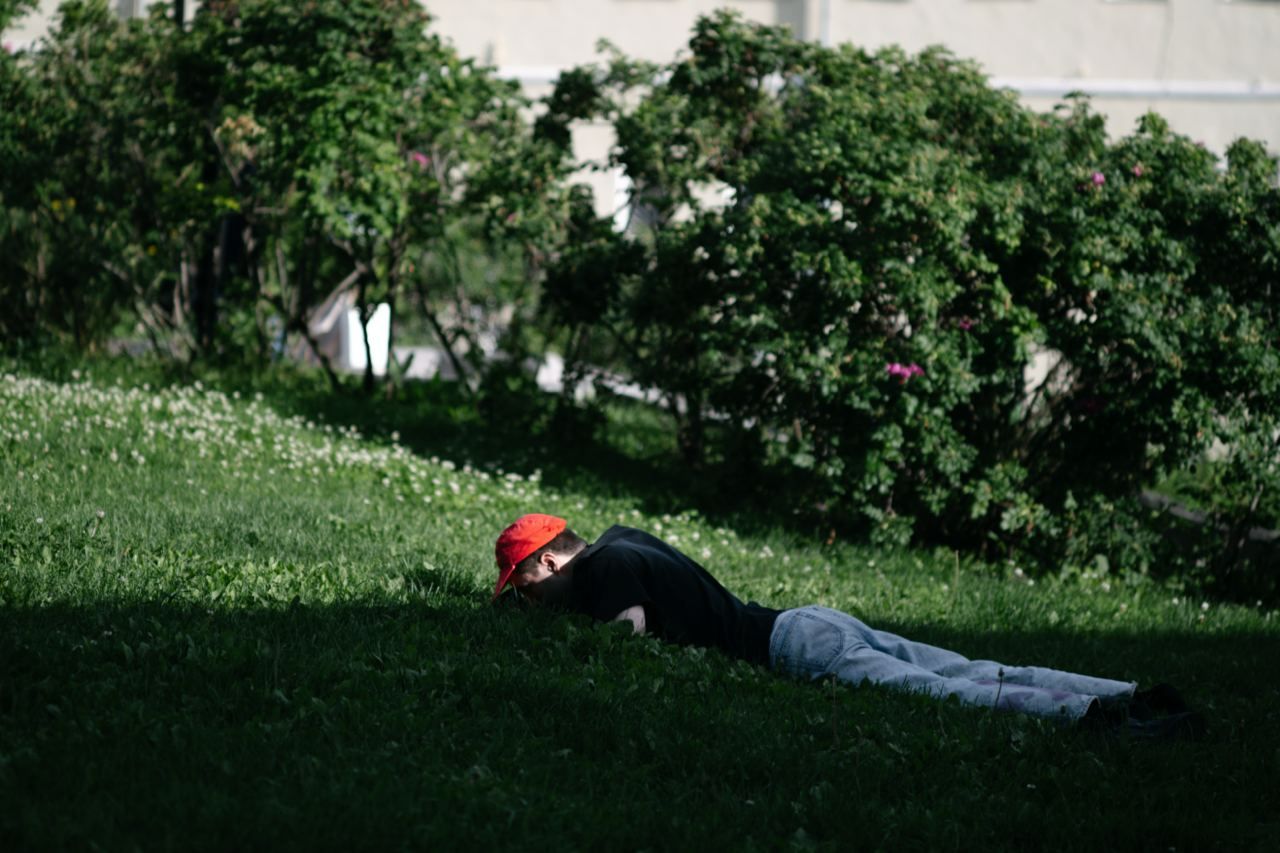Types of Male Urination
-
Published:10 October 2024
-
Updated:09 January 2025

Normal urination is a voluntary act that is under the control of a person's will. Deviations from the norm can be temporary or have a long-term course.
Urination Pathology
The following types of pathology are distinguished:
- Frequent urination (or pollakiuria).
- Oliguria (or infrequent urination).
- Difficult urination.
- Urinary incontinence.
- Urination with pain, discomfort, or a feeling of pressure.
- Polyuria (or excessive urination) - the excretion of urine in large volumes.
- Urinary retention.
Frequent Urination
This is one of the manifestations of urinary dysfunction. In men, frequent urges to urinate can develop with prostatitis, prostate adenoma or cancer, or bladder tumors.
The main cause of frequent urination in men is cystitis, which occurs due to infectious-inflammatory diseases of the reproductive system or urological pathology accompanied by urinary stasis. With cystitis, urination usually becomes painful, with burning and cutting sensations. There is pain in the suprapubic area, the urine becomes cloudy, and body temperature may rise.
Oliguria (Infrequent Urination)
This can occur as a result of consuming small amounts of fluid or due to prolonged medication use, as well as in cases of severe kidney damage, prostatitis, bladder cancer, and other conditions.
Insufficient urine output despite frequent toilet visits may indicate urolithiasis or diabetes. Oliguria is diagnosed if no more than 400 ml of urine is produced in 24 hours.
Difficult Urination
The most common pathology is urinary retention. The patient notes a feeling of heaviness and pain in the groin and perineum. It is characterized by a slowdown in the rate of urine excretion and an increase in the duration of bladder emptying. The disorder can also manifest as a weak stream or its splitting, intermittency, spraying, the need to strain, dribbling, and a feeling of incomplete bladder emptying.
Difficulty urinating in men can be provoked by the appearance of a tumor or prostate cancer, as well as stones in the bladder. Weak contraction of its walls, as well as the presence of obstacles that prevent the bladder from completely clearing urea residues, can contribute to the development of an inflammatory process. In chronic cases, urine residues cause the development of atrophic changes in the mucous layer, which can later provoke the development of a malignant process.
Urinary Incontinence
This problem is characterized by the release of urine regardless of a person's will. It is caused by a disturbance in the contractions of the muscular wall of the bladder and sphincters. With urinary incontinence, control over its emptying is partially or completely lost.
This can occur for various reasons, including injuries and pathologies of the nervous system, inflammatory processes, and others.
Pain During Urination
Painful urination can occur at the beginning, end, or be present constantly during the process of emptying the bladder.
Often, pain is associated with the presence of a pathological process in the urinary tract. Pain is characteristic of patients suffering from urethritis, prostate adenoma, or cystitis.
Inflammation of the urethra can develop due to hypothermia, after casual sexual contact, or medical manipulation.
The presence of volumetric formations in the urethra can also cause pain during urination.
Polyuria (Excessive Urination)
This symptom is not always a sign of any pathology. Common causes include consuming large amounts of fluid, lowering of ambient temperature, and diabetes. If a man experiences excessive urination for a long time, this symptom may indicate a dysfunction of the genitourinary system.
Urinary Retention
Urinary retention is the absence of urination due to the inability to independently empty the bladder. In acute retention, a man cannot urinate even with a full bladder. This condition requires immediate treatment. In the chronic form, a person can urinate, but cannot completely empty the bladder. Often, the realization that this manifestation is pathological only appears with the development of complications.
MECHANISMS OF PAIN FROM URINARY TRACT INFECTION (https://www.ncbi.nlm.nih.gov/pmc/articles/PMC4552327), Int J Urol. Author manuscript; available in PMC 2015 Aug 28. Accessed 10 Oct. 2024.
Management of Urinary Incontinence in Women: Scientific Review (https://jamanetwork.com/journals/jama/fullarticle/198268), JAMA. 2004;291(8):986-995. doi:10.1001/jama.291.8.986. February 25, 2004. Accessed 10 Oct. 2024.
Male Urinary Retention: Acute and Chronic (https://www.ncbi.nlm.nih.gov/books/NBK538499/), April 20, 2024. Accessed 10 Oct. 2024.
Urinary incontinence and quality of life: a systematic review (https://www.ncbi.nlm.nih.gov/pmc/articles/PMC7897623/), Aging Clin Exp Res. 2021; 33(1): 25–35. Accessed 10 Oct. 2024.
The clinical relevance of oliguria in the critically ill patient (https://www.ncbi.nlm.nih.gov/pmc/articles/PMC7181534/), Crit Care. 2020; 24: 171. Accessed 10 Oct. 2024.







.svg)
.svg)
